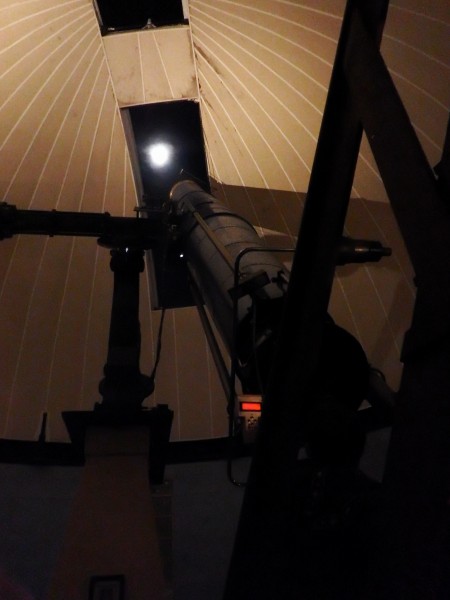RG65 No Quarter

Added another boat to the fleet. This No Quarter is an RG65 model yacht. It’s about 25″ long and 60″ tall from the bottom of the keel to the top of the mast. I got a used boat from a member of the Richmond Model Yacht Club. After fitting a radio to it and getting a few other things readied, I got to join 6 others today for some practice. It was a bit light and we only sailed about 30 minutes before we got rained out. Thanks Rob S for helping get me going and I’m looking forward to some more racing this spring.


























